Archaeologists Find Evidence that Proves Moses Led the Israelites From Egypt to the Promised Land
There are new secrets about the world being discovered all the time. Archaeologists have just uncovered new information about the Biblical city that existed in the ‘Promised Land’ where the Israelites settled after being led by Moses out of Egypt.
The Israeli Antiquities Authorities shared their recent findings from the city of Zanoah. The group revealed new research about stone walls, pottery, and other artifacts that date back more than 3,200 years and point to a thriving civilization.
The Promised Land
The Old Testament describes an area called the Promised Land, which was called Canaan. It is said that the Israelites visited the city around 1406 and 1407 BC after wandering the desert for 40 years.
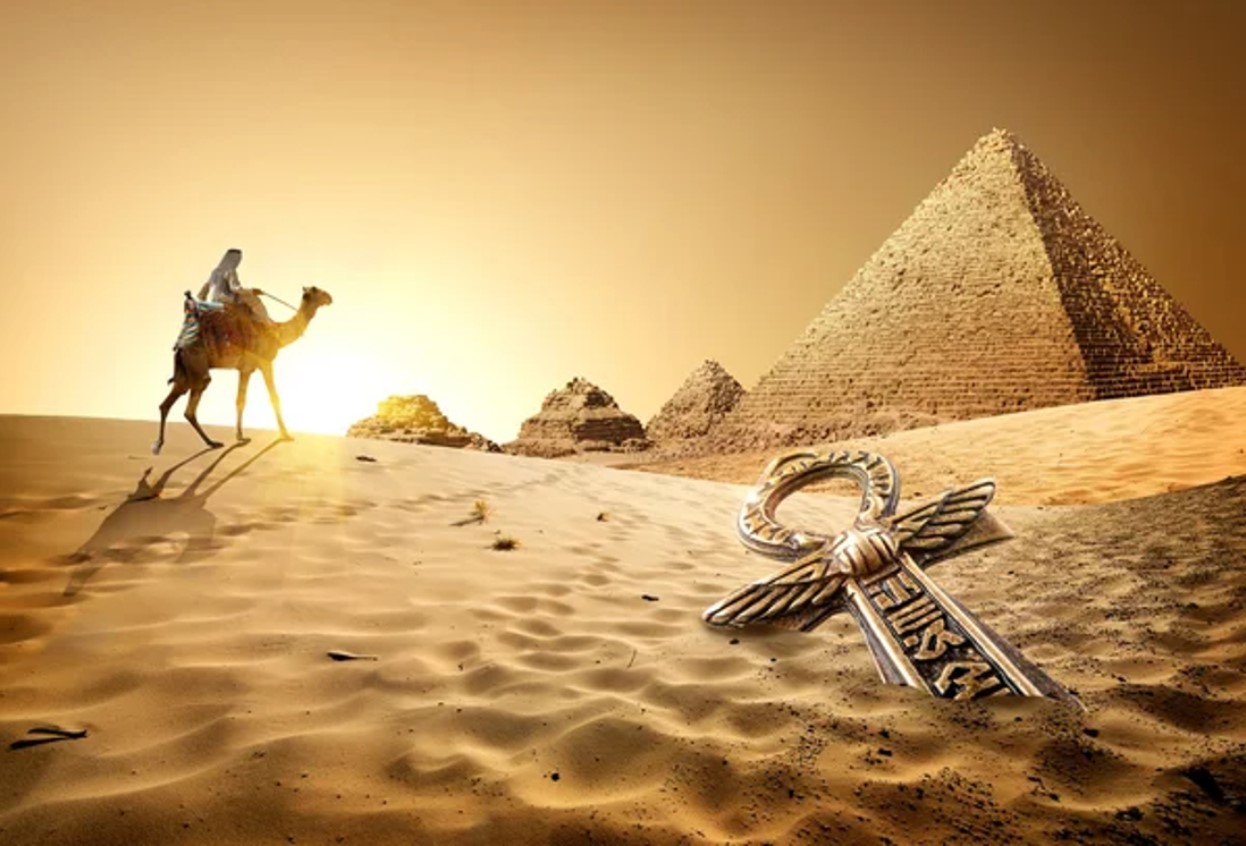
Source: Depositphotos
The new information from the researchers shows that real artifacts like broken jar handles with the name of a king inscribed in them from the Bible prove more evidence of the Biblical story of Moses.
The Exodus Story
In the story of Exodus, the Israelites were enslaved in Egypt. After being rocked by 10 terrible plagues, the Pharoah agreed to release them.

Source: Rod Long/Unsplash
This is where Moses becomes an integral figure in Biblical lore – he led them out of Egypt and miraculously parted the Red Sea to allow his people to walk to safety.
The Ten Commandments
The scripture then says that once the group reached the Sinai Peninsula, Moses received the 10 commandments as a gift from God.

Source: Wikimedia
The group kept moving on their journey, however, and finally reached the southern border of Canaan. Unfortunately, the group was too scared to enter the city and was then condemned by God to spend decades in the wilderness.
A Transfer of Leadership
The years spent at the oasis of Kadesh Bernea allowed the Israelites to wander the desert and finally reach the eastern border of Canaan.

Source: Tim De Groot/Unsplash
However, before the Israelites ever entered the Promised Land, Moses died and was subsequently buried on Mount Nebo.
Joshua Becomes the Leader of the Israelites
Since the group still needed a leader, the Book of Joshua states that Joshua took over as the head of the wandering Isrelaites people.

Source: Wikimedia
Under the command of their new leader, the early Jews ventured towards the Promised Land across the River Jordan and conquered Jericho on the way.
The Book of Joshua Reveals Some Evidence
In the Book of Joshua, specific information about the city is revealed. Joshua 15:34,36 outlines the boundaries to the cities and tribal allotment of Judah inside the Promised Land.

Source:Giorgio Parravicini/Unsplash
The area includes Zonoah, where archaeologists have found several ancient stone walls and important artifacts.
Archaeological Evidence of Moses
Despite the lengthy accounts of Moses in the Bible, some scholars are still uncertain whether these were historical events or simply mythological tales.
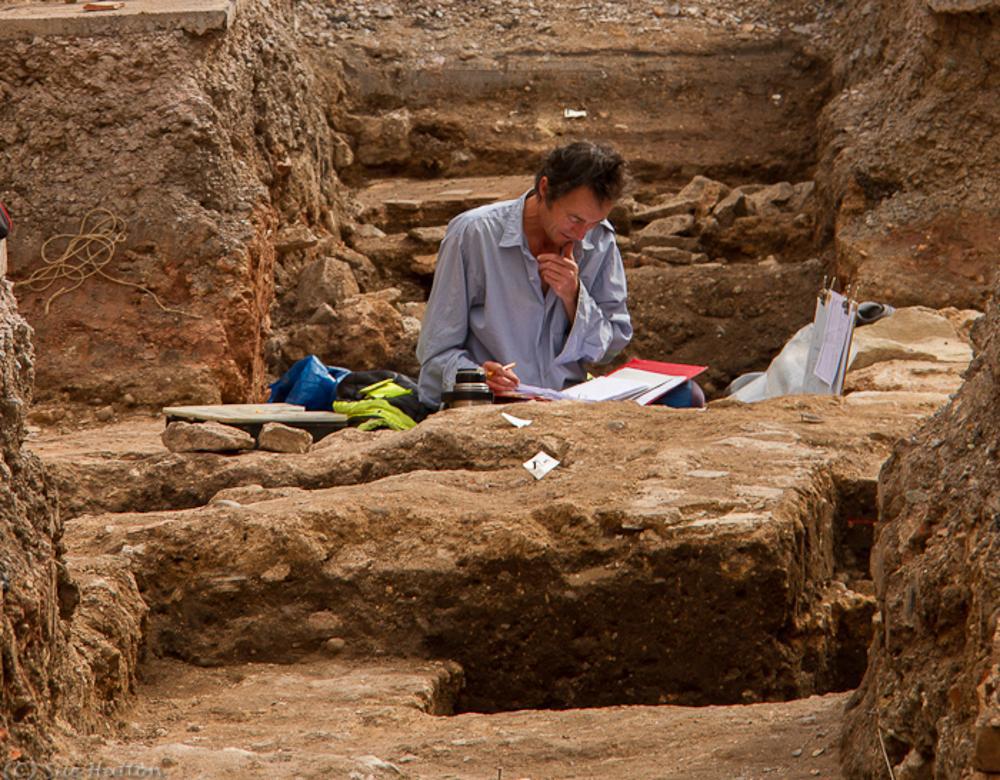
Source: Wikimedia
As the vast majority of the prophet’s life is said to have taken place sometime around 1,400 BCE, it has proven somewhat challenging to find any evidence to prove he actually existed or to back up the biblical stories.
Researchers Unearth Evidence of Israelites in the Promised Land
Archaeologists believe they finally unearthed evidence of an ancient Israeli presence in the Promised Land following an excavation conducted at Zanoah on behalf of the Israel Electric Corporation.
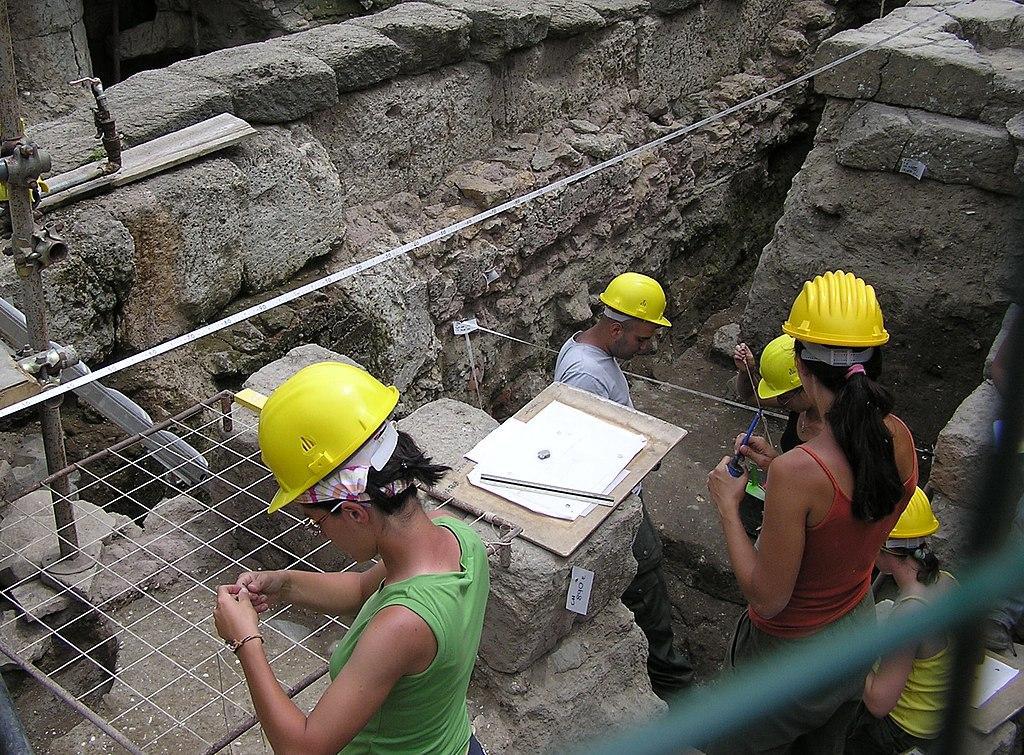
Source: Wikimedia
According to reports, the team of researchers discovered several artifacts that could have belonged to an Iron Age group descended from the original Israelites led to Canaan by Moses and Joshua.
The Biblical Nehemiah
Zanoah is referred to as Nehemiah in the Bible, and it is located not far from the borders of the Promised Land. Nehemiah is also mentioned on several occasions throughout the Bible.
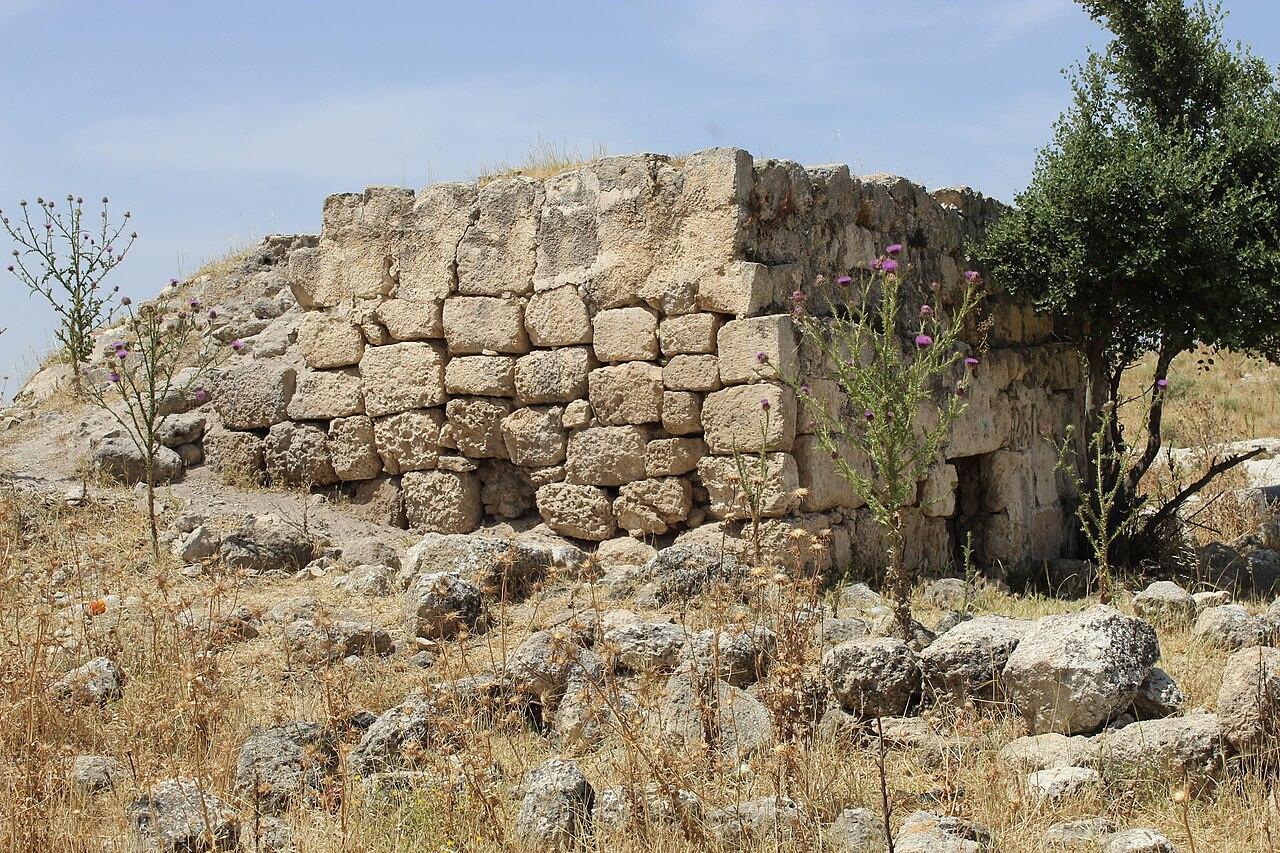
Source:
According to one section, it was settled by Jewish exiles who ventured back to Israel after being freed from captivity in Babylon.
Descendants of the Egyptian Israelites
According to Biblical scholars who have studied the region, the Jews who resettled in Nehemiah are the descendants of Israelites who had followed Moses into the desert and eventually onwards to the Promised Land.
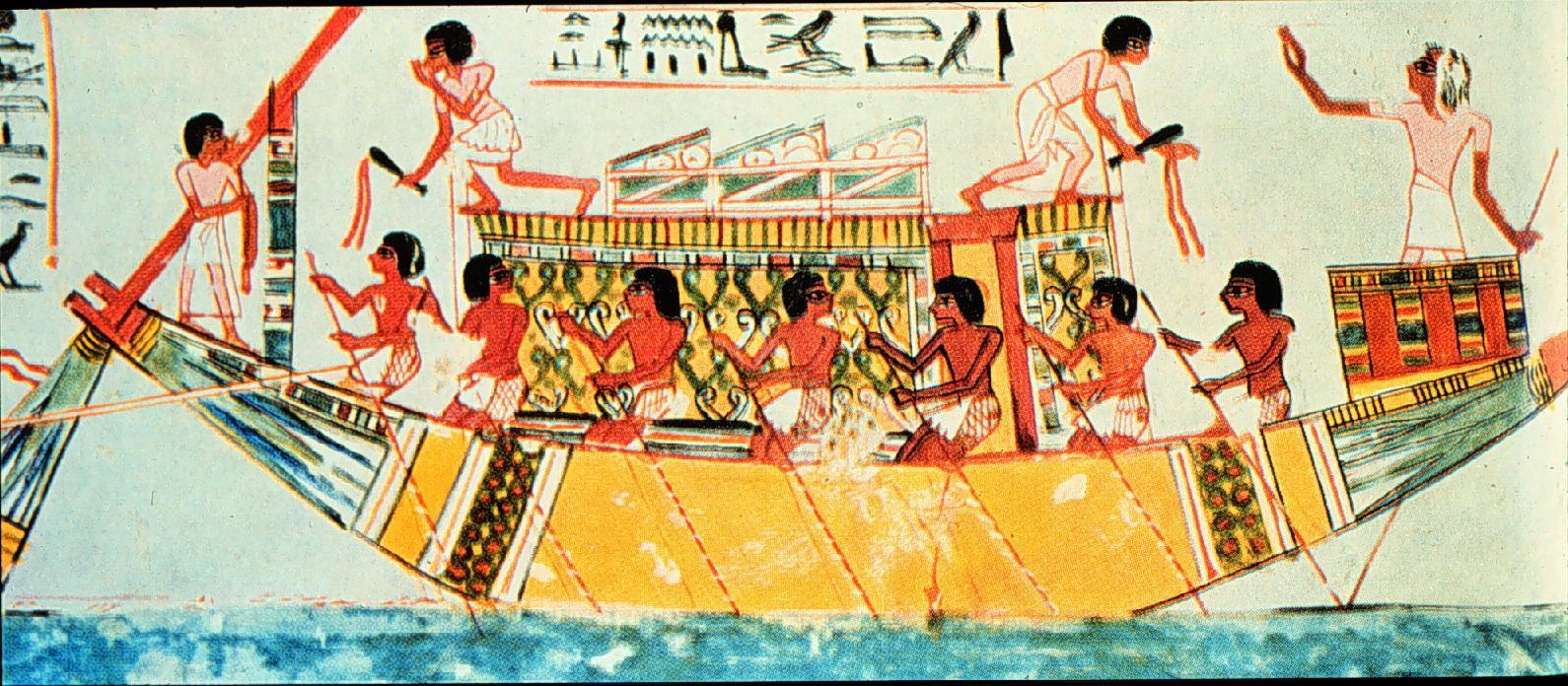
Source: Wikimedia
This appears to be backed by evidence sourced from the Book of Exodus.
What the Archaeologists Found
In March of 2019, the research team excavated a large area that uncovered walls with rows of large, white rocks.
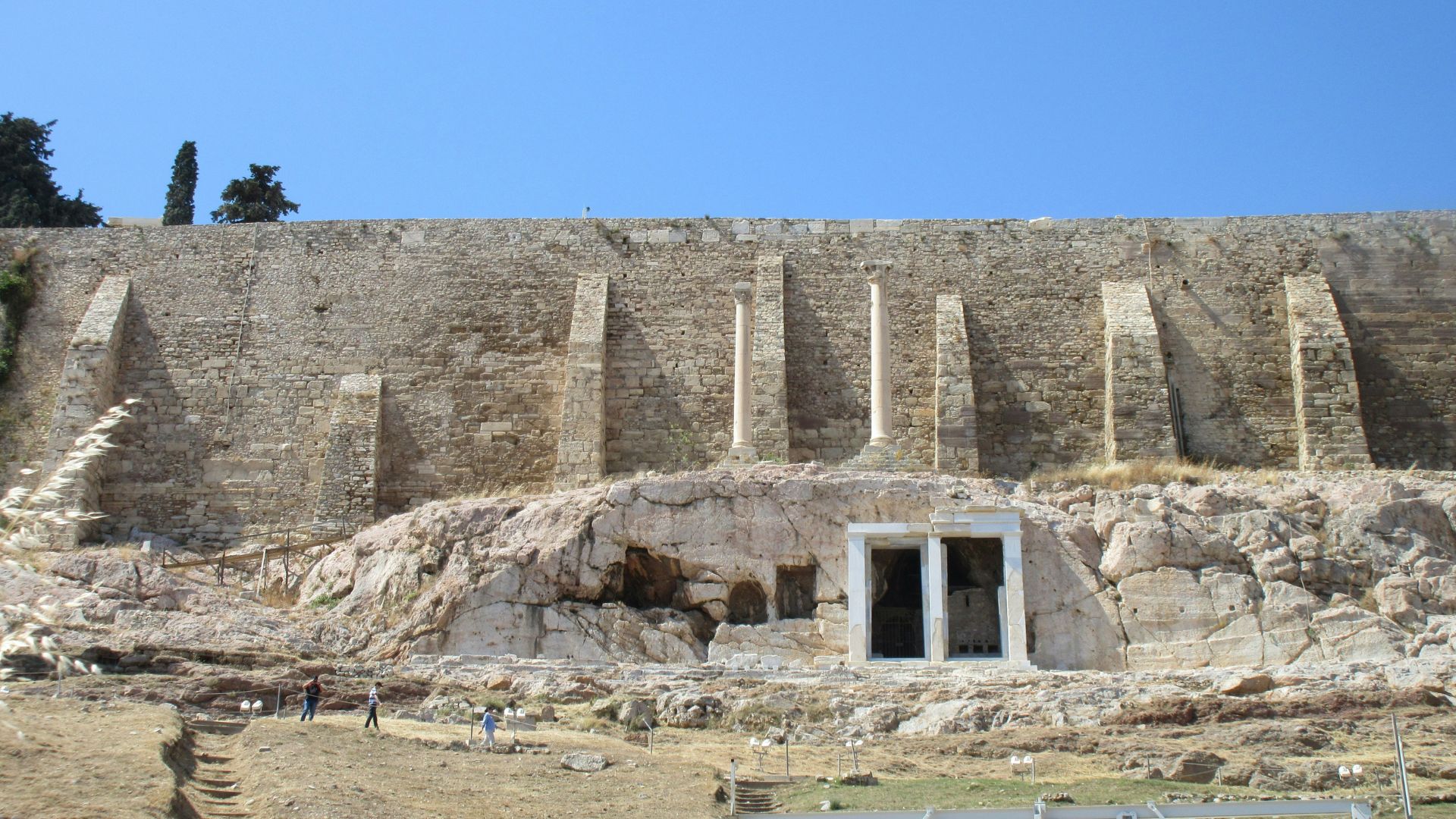
Source: Patty Apostolides/Unsplash
The white walls were believed to be retailing walls for farming terraces, which were used to make flat planting areas and protect steeper soil from erosion. This type of architecture shows an incredibly advanced civilization.
Researchers Claim Findings Are Indicative of Biblical Passage
The archaeologists discovered a small clay jar handle accompanied by a stamp at the site, allowing researchers to date the find.

Source: Freepik
The archaeologists propose the item was indicative of a passage from the Bible that reads, “The pottery item was fired at a high temperature and [was] of excellent quality.”
What the Preserved Pottery Shows Us
Broken pieces of pottery can often reveal important information about an ancient culture. For instance, they can show what type of food and drink they consumed or whether they used the pottery as a storytelling tool.
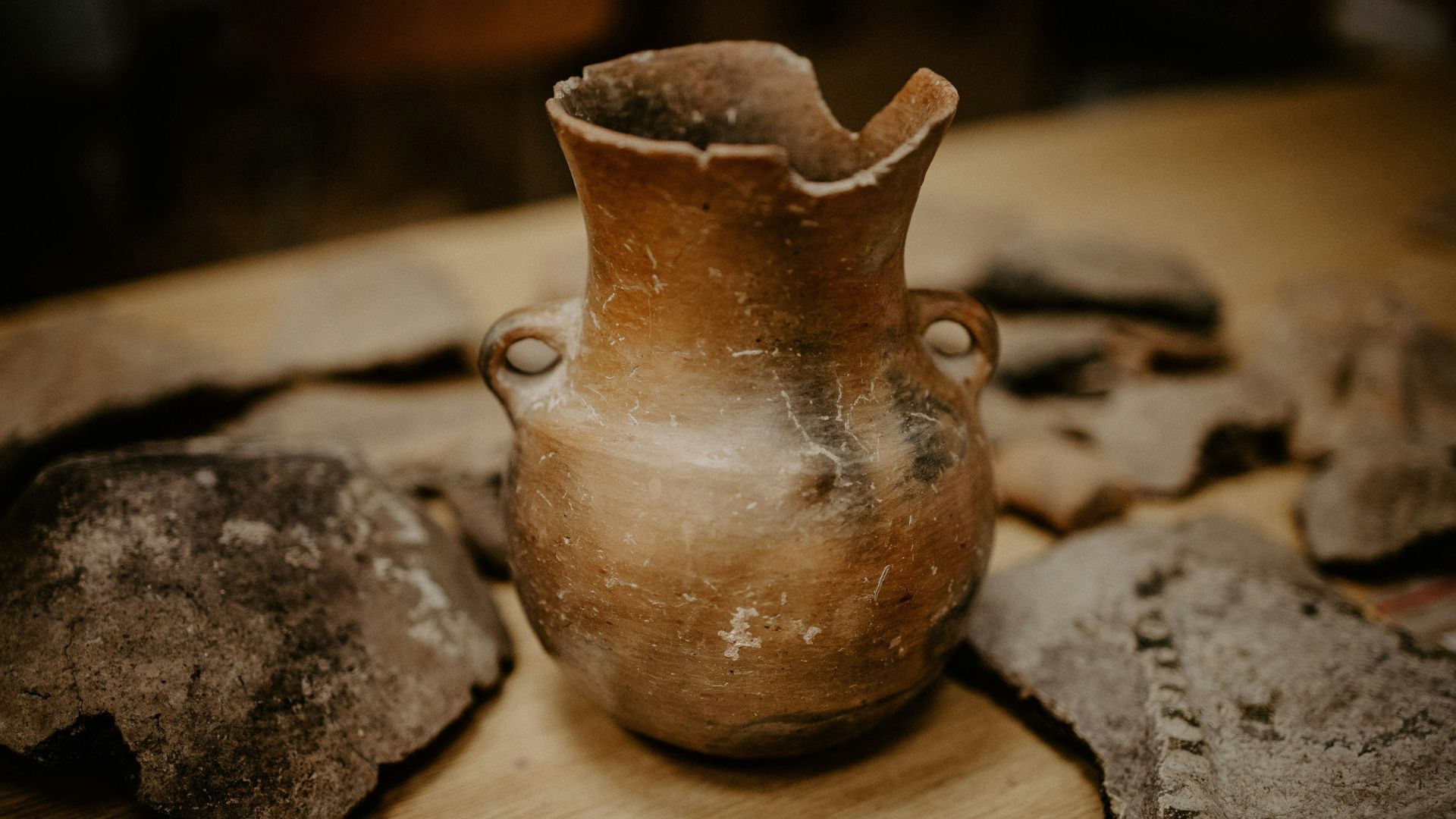
Source: Trnava University
In this case, the pottery pulled from the ground included a stamp on the handle that said “of the King,” which refers to King Hezekiah’s reign in Judah in 701 BC.
The Life of Hezekiah
The life of King Hezekiah is described in the Bible book 2 of Kings, chapters 18-20.

Source: Wikimedia
The story says that the king reopened the Temple of Solomon, which was called ‘the First Temple,’ and was built on the spot where God created Adam originally. Hezekiah also smashed the bronze snake statue that God commanded Moses to make.
Important Findings in the Ground
The pottery fragments pulled from the earth were dated to when Israelites were said to have arrived in the Promised Land after 40 years of wandering.

Source: NikolayKrastev/Unsplash
The team also found a number of pottery fragments that dated over the next 900 years, which shows that the advanced civilization could prosper for a lengthy time.
Ornate Decorations Found
The findings of ornately embellished bowls and pottery show that the community that had lived there had the time and ability to explore their artistic flare, which is another sign of a well-functioning society.

Source: Boris Ulzibat/Pexels
‘It has a wide rim adorned with a decoration of three concentric bands separated by gaps: the external and internal bands are narrow and feature a rope decoration, while the central band is wide and features an intermittent grid pattern,’ the researchers shared in the study.
Other Remnants Found
The team says that they found other items, such as iron tools, nails, and large bronze strips used for welding iron.
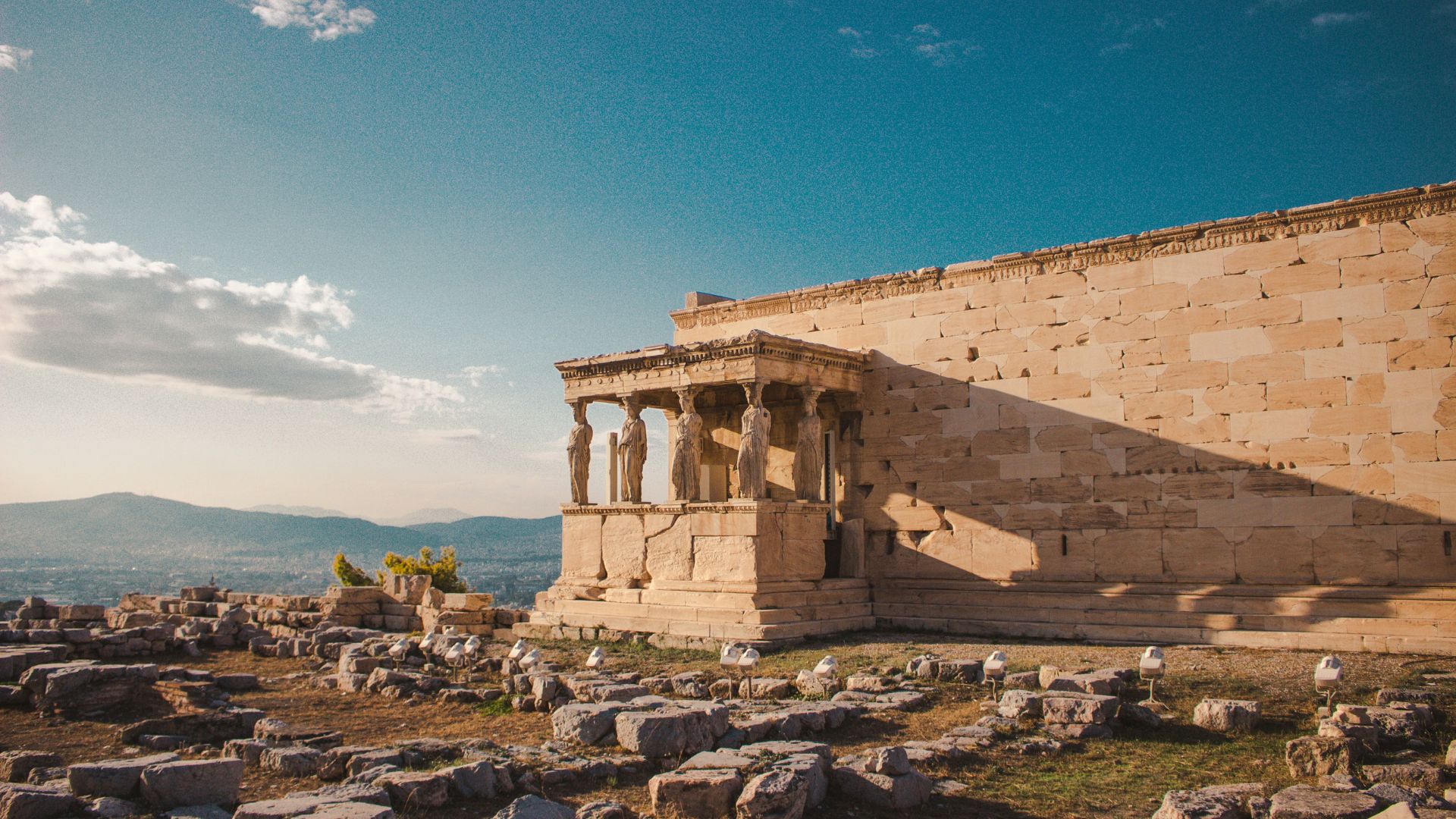
Source: Arthur Yeti/Unsplash
‘While it is likely that some of the finds originated in the ruin and were subsequently washed down the slope over the years, the majority of the finds, especially those dating from the early Byzantine period, relate to farming activities conducted on the hill slopes,’ the researchers said.
Items Dating to the Byzantine Era
“While it is likely that some of the finds originated in the ruin and were subsequently washed down the slope over the years,” explain the researchers.

Source: Wikimedia
“The majority of the finds, especially those dating from the early Byzantine period, relate to farming activities conducted on the hill slopes,” they added.
The Historical Significance of the Site
Regardless, the diverse range of items, dating back thousands of years, showcases the site’s importance and historical significance.

Source: Getty Images
Further investigations at the site in the future could provide more archaeologists with additional evidence to support their claim that the legends of the Biblical figure Moses and the journey of the Israelites to the promised land are based on historical events.
The Discovery of Noah's Ark
A similar story of a discovery that aimed to add historical value to the Bible was reported several years ago after archaeologists suggested they had discovered Noah’s Ark.

Source: Wikimedia
According to the Bible, God instructed Noah to construct an enormous boat capable of carrying two of every animal on Earth. The ark would save these animals and his family from a cataclysmic flood.
Durupinar Formation
In 2021, a team of researchers excavating Mount Ararat in Turkey proposed that an enormous geological feature could actually be the remains of Noah’s Ark.

Source: Wikimedia
The excavation was conducted at the Durupinar formation, situated in the Doğubayazıt district of Ağrı, by the Mount Ararat and Noah’s Ark Research Team.
Archaeologists Date the Formation
The Durupinar formation is an enormous 538-foot geographical feature that, from above, clearly resembles the shape of an enormous vessel. Locals have long suggested that the feature is what remains of Noah’s Ark and have revered the site for centuries, if not thousands of years.

Source: Wikimedia
According to dating conducted by researchers, humans were active in the region between 5,500 to 3,000 BCE.
The Significance of the Findings
AICU Vice Rector Professor Faruk Kaya shared his thoughts on the discovery made several years ago, highlighting the alignment with the biblical event.
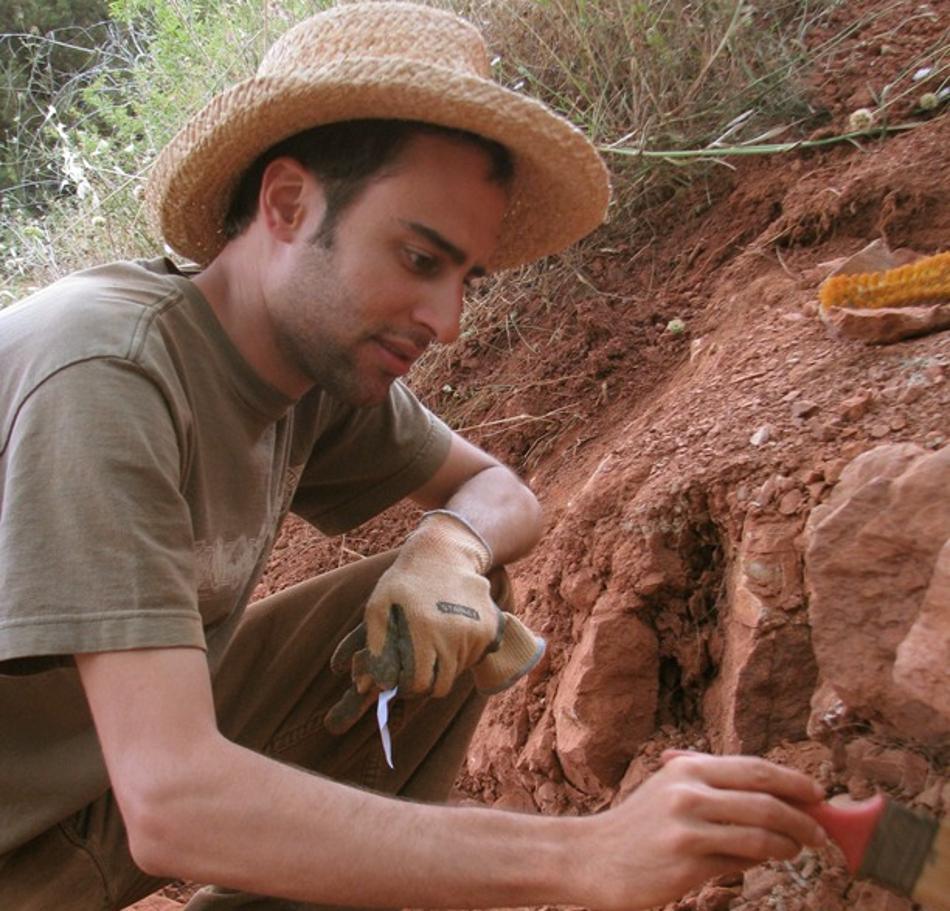
Source: Wikimedia
According to WION, “He pointed out that the flood associated with the biblical Noah occurred approximately 5,000 years ago. While the dating results are compelling, it is important to acknowledge that the presence of the vessel itself cannot be confirmed through dating alone. Further extensive research and analysis are needed to reveal conclusive evidence.”
